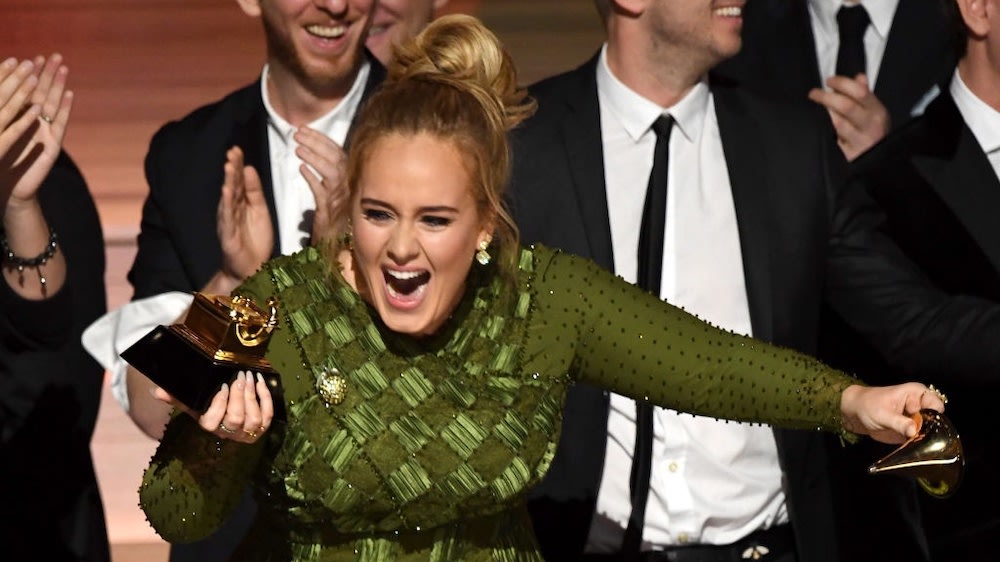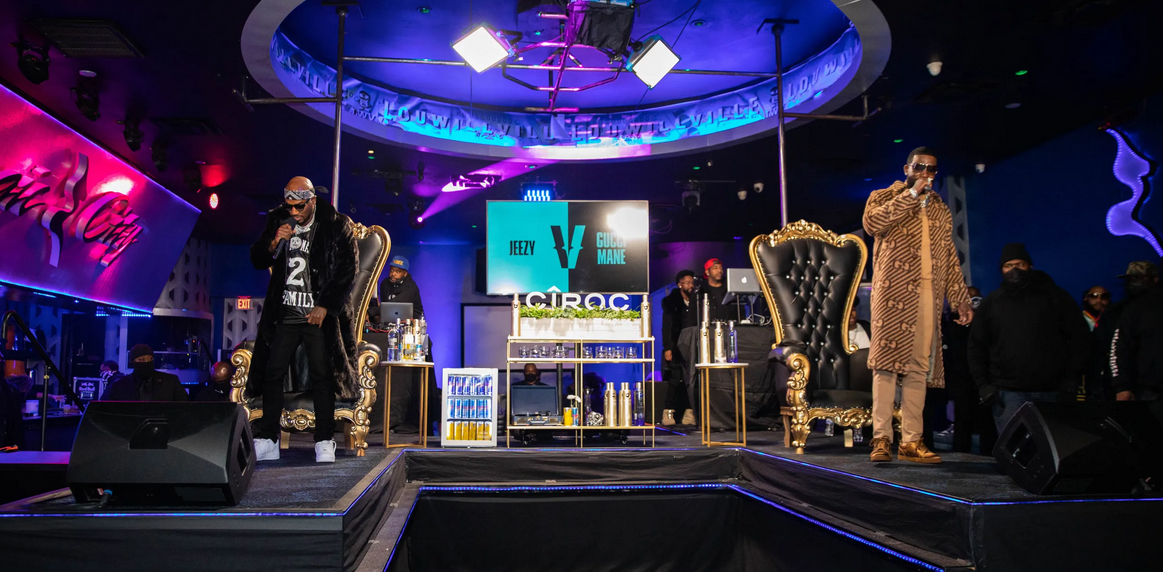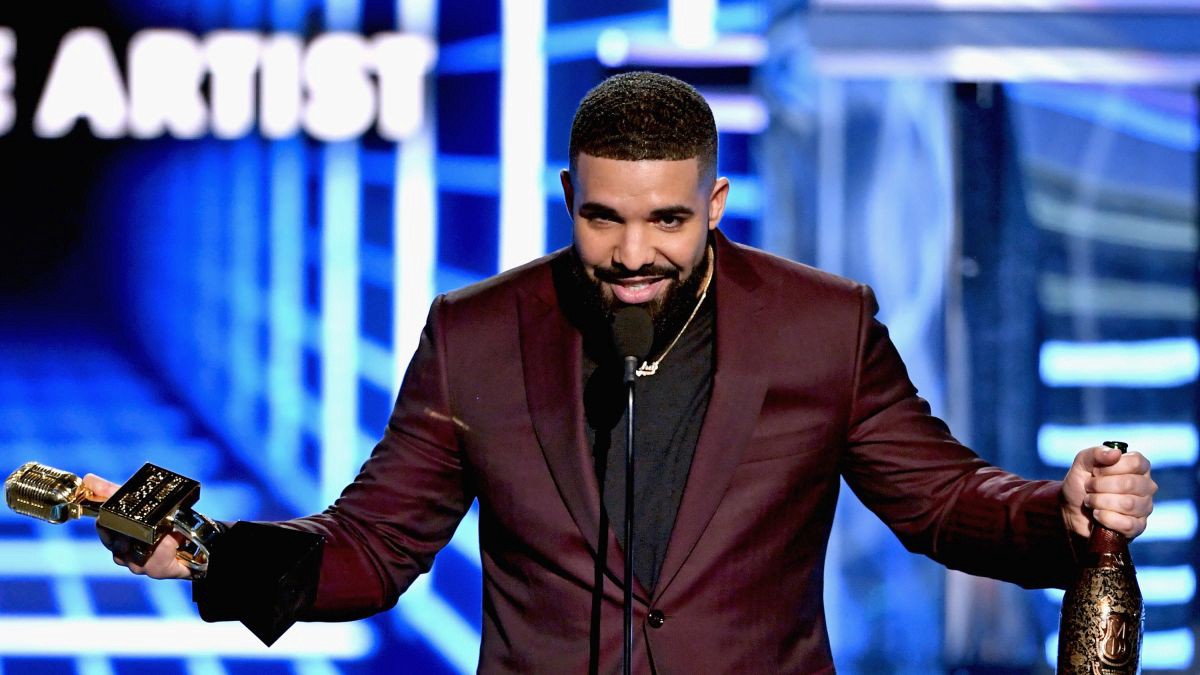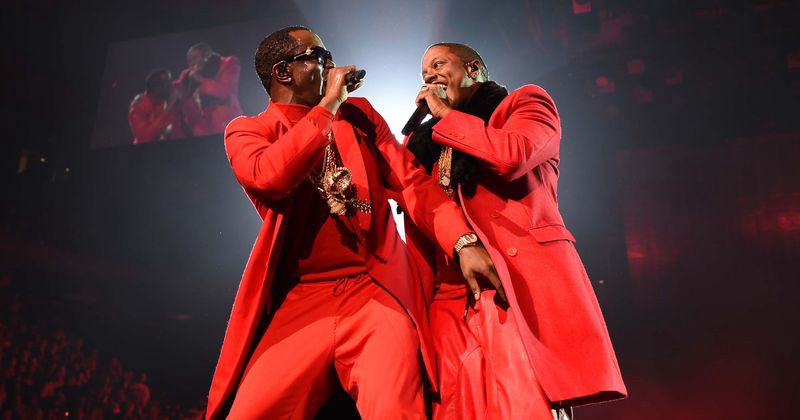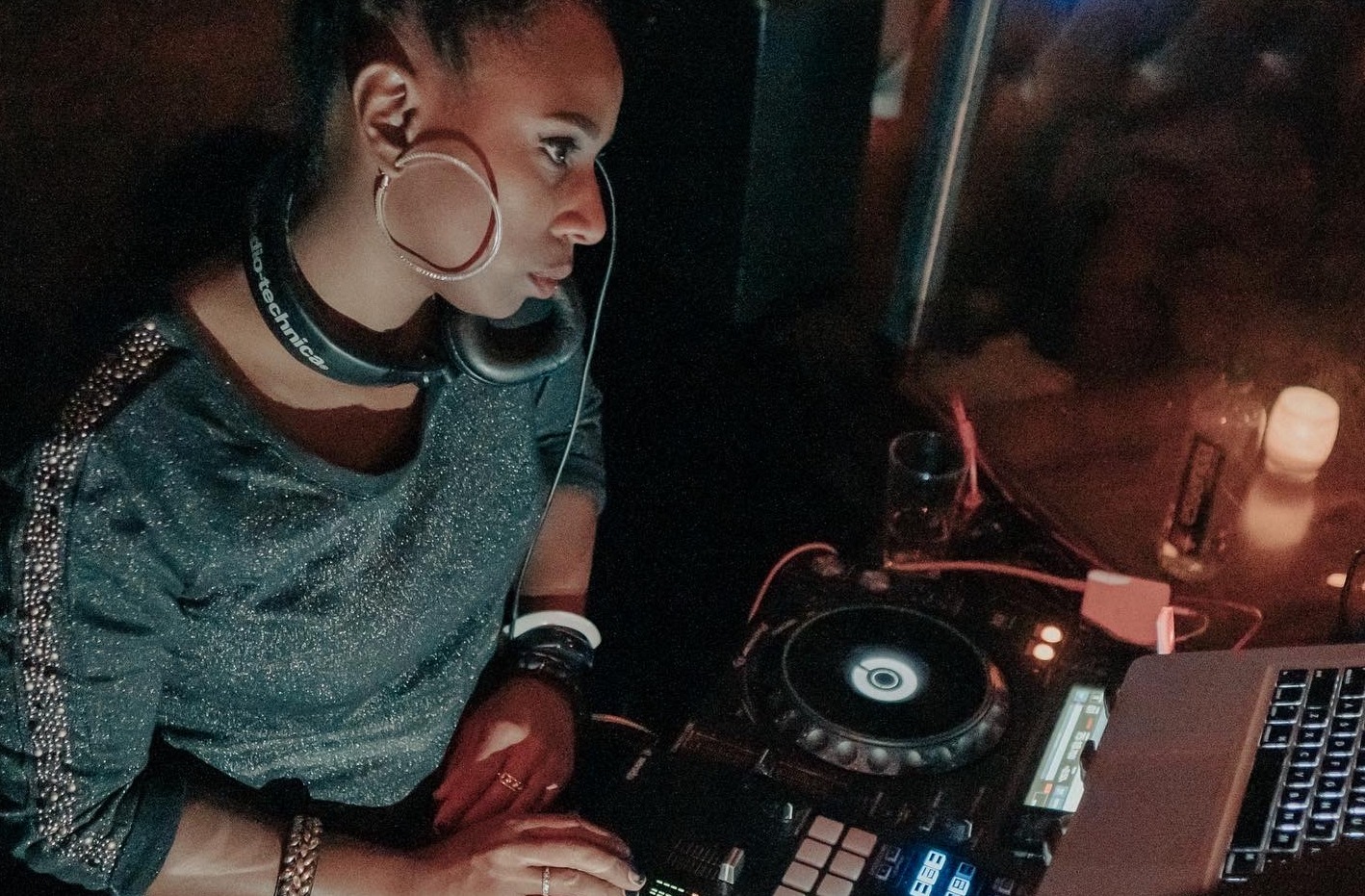
In 1973, Kool Herc invented hip hop—or, at least, gave it a huge shove forward—while DJing rec room parties in the Bronx. He played soul and funk records but focused on the breakdowns of each song. By blending, looping and extending the breaks, he created a whole new sound, a beat-driven type of music instantly recognizable, today, as hip hop.
Then, as now, hip hop was much more than a music genre, it was a cultural movement. The pillars of the movement were known as the five elements of hip hop: DJing, rapping, beatboxing, breakdancing, and graffiti. It was graffiti that introduced Kool Herc, after he emigrated from Jamaica, to the movement and to American culture at large. And, of course, the growing popularity of breakdancing is why he started extending breaks to begin with. Read More

